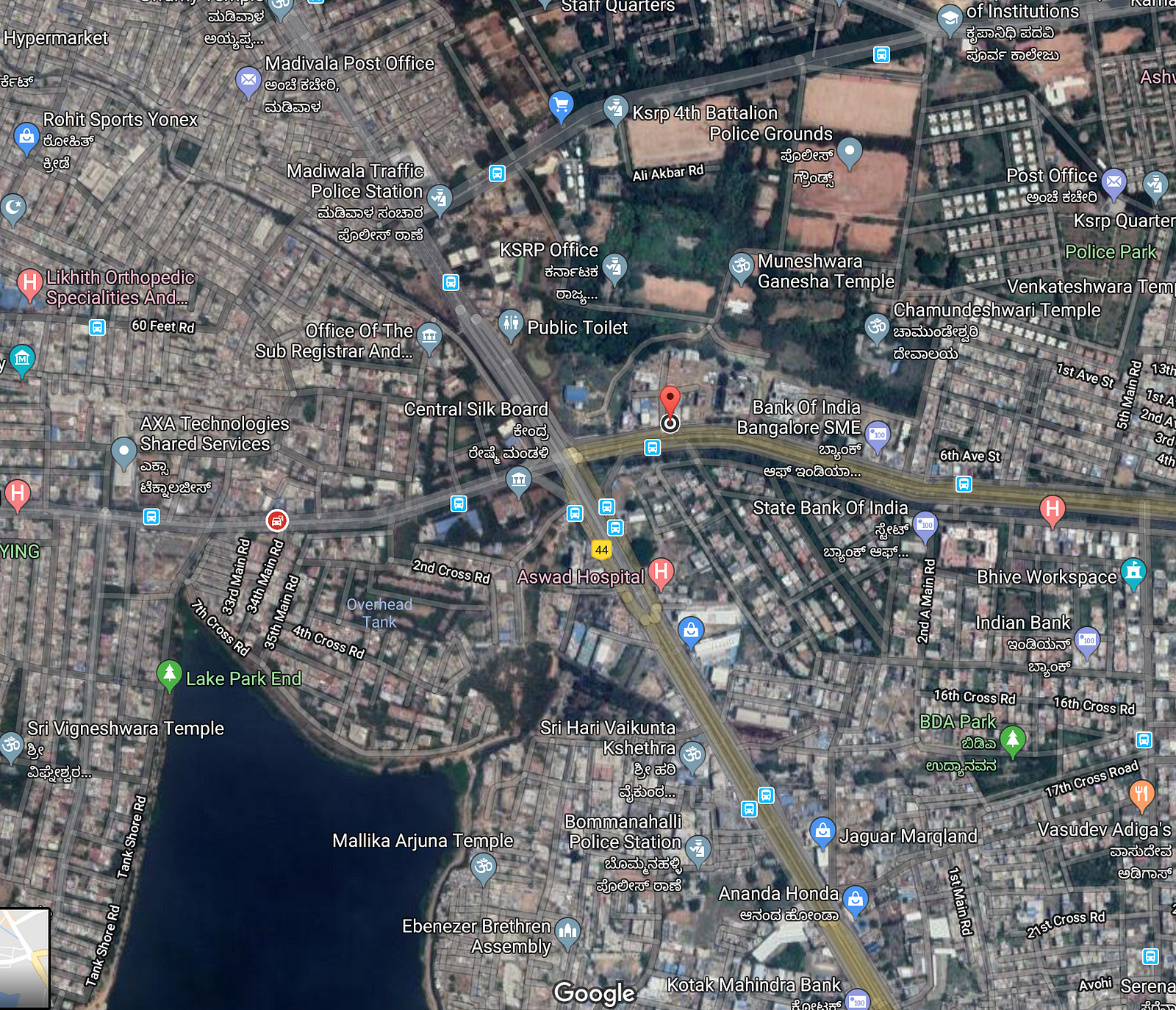Solving Bangalore’s traffic woes
Solving Bangalore’s traffic woes
Everyone in Bangalore is talking about traffic, because it comes in way of our innate instinct to move. Why is it so difficult to solve — because the victims are the problem.
There are already more people living in urban areas than in rural ones; the UN Population Division predicts that almost 70 per cent of the world’s population will crowd into cities by 2050. How can these urban centres remain liveable and attractive without razing buildings and parks to make way for ever wider highways?
The simpletons who often run the State or City try solving this problem simplistically
- Hire cops to man signals. Seems like an awfully wrong thing to do!
- Chop off the greens. Widen roads, build flyovers. The wider the road, more people tend to use it.
- Build metros — Expensive and often a temporary solution. Similar to widening roads. Some people use metro, some other people tend to think it will be faster by road since others are using the metro.
- Give taxi hiring companies a free hand. 200000 taxis have populated the Bengaluru roads in the last year.
Almost all ‘solutions’ are ironically deterrent to the goal of allow people to move quickly. The only way to reduce traffic is disincentivise people from using roads.
- Charge people a toll to use the road. Just like Uber charges surge pricing. This has been tried and tested succesfully in Swedish capital Stockholm —In this case, congestion taxes played an important role in prioritising high-value vehicle traffic over journeys that could utilise another mode of transport, take place at a different time or in another part of the transport system.
- Revised urban transport strategy http://international.stockholm.se/globalassets/ovriga-bilder-och-filer/urban-mobility-strategy.pdf
- The local layer — a classic optimization problem. Particularly in India, traffic motion is very similar to fluid dynamics. If there is a way to simulate what will happen every time there is a new change, that will dramatically aid decision making.
The Not-so-obvious Solution
Gamifyi it! You are the city counsellor with a limited traffic budget. Your goal is to win elections in the upcoming year. For the sake of simplicity, improvement in traffic conditions will win you votes. The value of every vote is 5000 INR.
You get a feed of real historical data about situation in major traffic signals. Lets start with the nodes, say the most infamous one Silk Board Junction.

- Add a signal : 1 Lakh INR, 1 week
- Remove a signal : 20k INR, 1week
- Man a signal : 1 Lakh INR/month, 0 days
- Add a flyover: 100 Cr INR, 3 months
- Make the road a one-way : 20k INR, 1 week
- Introduce an U-turn : 20k INR, 1 week
- Chalk out a part of road for cyclists (really!!) : 1 Lakh INR/month, 1 week
- Pedestrian crossings
A day is divided into 4 time groups
- Quiet of the Dawn [2130–0730 hours]
- Morning Hustle [0730–1130 hours]
- Afternoon Shade [1130–1630 hours]
- Evening Choke [1630–2130 hours]
Every action costs you money and time. Some actions can be associated with specific time groups.
As soon as you take action — the simulator runs traffic sequence for a whole year (visually) to measure time savings per passenger. This is the part where all the Fluid Dynamics, Navier-Stokes equations and the such come in. Think of roads as channels and vehicles as water. Basically water moves from one node to the next, each node connected to the next with a certain width of channel (width of road, road condition). Every time the water is clogged, the flowing water has to find another path.
The solution is obviously not simple. It is the effect of a series of actions — Making road a one-way during Evening Choke. Build a flyover in the months of April-May. Man the signal for pedestrians.
Once the passengers experience time saving, it will be converted into vote money!! The richer the counsellor at the end of the more optimal the traffic scenario.
NP Hard Problem
Since the possibilities and consequences are very many — a brute force approach will not work. Heurisitic solution starting from various different, randomly chosen starting points will help you solve a problem of this scale. Every time a person goes to the top on the standings, he is likely to win say an iPAD.